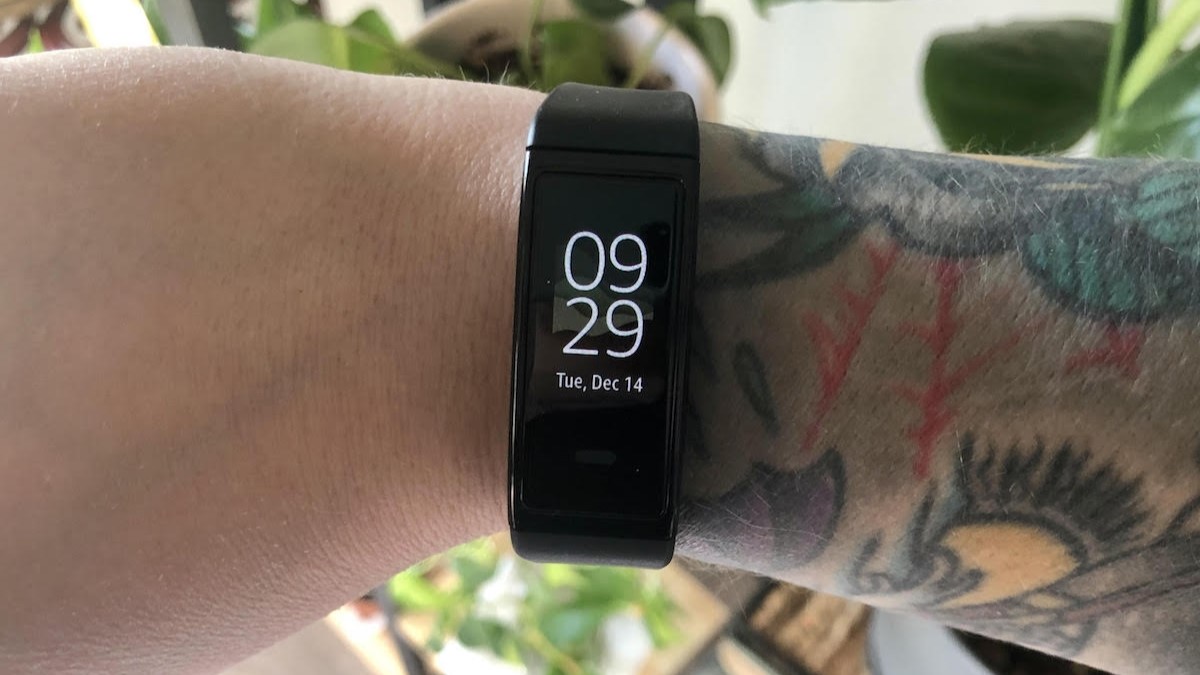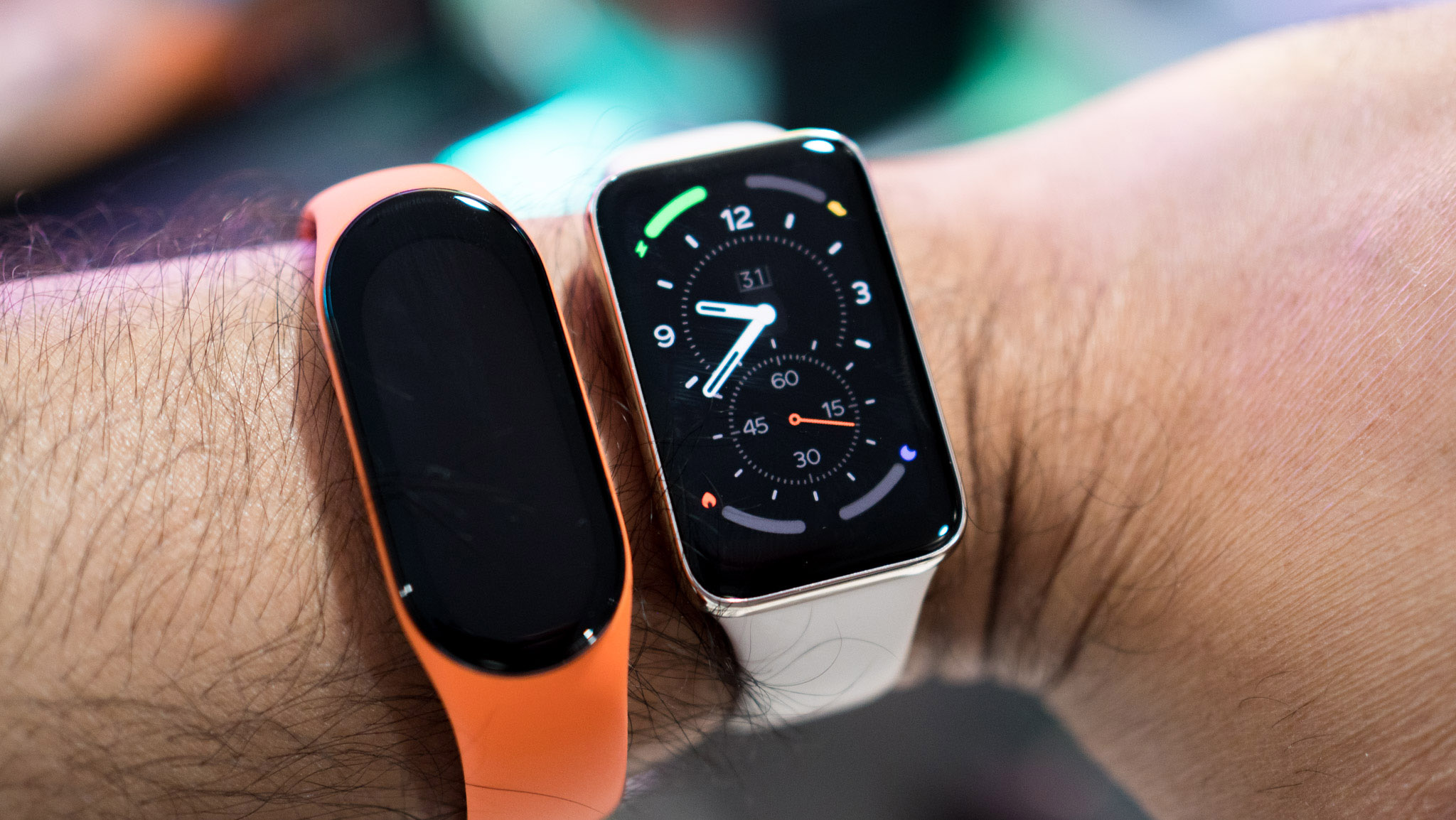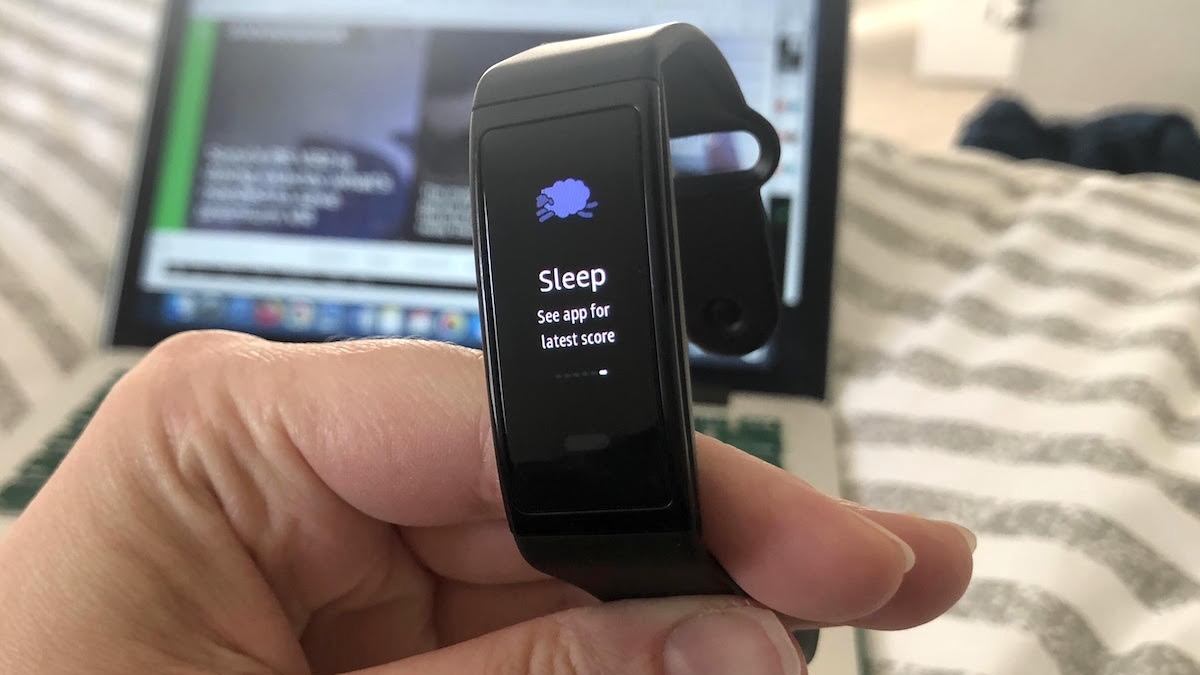
For a big tech brand that answers to shareholders, any product that fails to make an immediate impact and grab a huge market share is a "failure" worth killing without mercy. By that criteria, the Amazon Halo brand of fitness trackers was destined to fail.
Ignore the infamous always-listening Halo band and the bargain-bin, Fitbit-lookalike Halo View. Amazon has a reputation for cheap quality, and its loyal customers have brushed privacy concerns aside for years. Future Halos could have iterated and improved on their shaky, janky origin.
You can't ignore the fact that Amazon joined an insanely crowded health and fitness marketplace, years behind more established brands. But Amazon could have built up its reputation over time, and market analysts like IDC note that smaller fitness brands sold over 200 million wearables in 2022, about 40% of the market.
If Amazon wasn't in the midst of firing 28,000 workers to placate Wall Street, Amazon Halo had room to grow — especially given Amazon's reputation for, ahem, "borrowing" ideas from competing products. Instead, it shut down Halo for good.
The real problem in my mind is that no one — not even major brands like Fitbit and Xiaomi — knows what a fitness tracker is supposed to be like anymore. And plenty of customers are moving on from the cheap fitness bands that Amazon would have specialized in.
People are buying expensive watches - smart or dumb - over cheap fitness bands
There's no denying that Apple has gained an insane stranglehold on the wearable market since 2020. In light of that, it's no surprise that more people buy smartwatches than fitness trackers these days.
Looking at 2022 wearable sales compared to 2020, the percentage of smartwatch sales rose from 33% to 47%, while fitness trackers dipped from 50% to 18% overall (or 39% less than in 2021). Meanwhile, basic non-smartwatch sales are on the rise (17% to 36%).
iPhone owners may wear the Apple Watch to get notifications, but also because they see it as a stylish status symbol. It's why so many other fitness trackers from Fitbit, Amazfit, and others have imitated the squircle design over the years.
But outside of the Apple fanatic crowd, it seems that people have gone back to retro watches because style is more important to them than whatever a fitness band with a knock-off design, second-tier UI, and a few health sensors can bring to the table.
Should a fitness tracker be cheap or not?

Today, you can get some pretty incredible upside with a sub-$100 tracker like the Xiaomi Mi Band 7 or Amazfit Band 7, which makes it hard for a subscription-based tracker like the Amazon Halo View to compete.
Yes, these cheap trackers likely sell your location and health data to advertisers to subsidize the low cost. But the people who buy them ignore the privacy concerns, either out of apathy or because one leak of private data after another has made consumers feel that there isn't much they can do to protect themselves.
A subscription like Amazon Halo or Fitbit Premium is supposed to be a way for discerning consumers to pay for holistic health reports and workout routines with the added promise that the data won't be shared with anyone.
But rational or not, plenty of people don't trust Amazon or Google with their personal info, regardless of their promises to protect it. They would rather risk a smaller company selling their aggregated data than a bigger company pairing their health data with the info gathered from their smart home speakers or smartphones.
Plus, not everyone wants to pay monthly just to know that you have an unhealthy level of stress, poor sleep, and irregular heart rhythms. Especially because wrist-based health data can only give you a ballpark of your health, and isn't always reliable in a crisis.

So does that mean people only want cheap fitness trackers with less advanced health data? Not necessarily! They did five or six generations of devices ago, but now these companies have to find new features to add to popular, cheap wearables every year to stay relevant. So these tiny trackers become bloated with new tech that a tiny touchscreen can barely fit.
How did fitness brands solve the problem? By selling "pseudo smartwatches" like the Fitbit Charge 5 and Xiaomi Smart Band 7 Pro with larger displays, adding room for more swipeable menus and readable text. But this also made new smart bands less svelte and more expensive than ever.
By making fitness trackers closer to real smartwatches, companies only accentuated how inferior fitness trackers are to real smartwatches that cost slightly more and have buttons and larger screens to make them more useable.
But anything more basic like the Amazon Halo Band or Whoop 4.0, designed to be worn and forgotten for health tracking, looks bad because other comparable trackers give you more "smart" features! It's a Catch-22 for anyone trying to succeed in this market.
Daily workouts and AI coaching are the future of fitness trackers
An Amazon Halo post-mortem from The Verge explained what the Halo team had planned for the device if Amazon hadn't shut it down. They would continue to give away Halo Views to Planet Fitness gym members, then expand Amazon Halo Digital with 20 new guided workouts per week and "an advanced, AI-powered fitness trainer," all of which would be available on Apple Watches as well as their own hardware.
Quite frankly, the Halo AI trainer (codenamed "Donna") sounds like yet another case of Amazon's ambitions to do something new that will probably creep out consumers rather than excite them. It would have used "computer vision" to count reps and analyze your form during a workout.
In theory, it'd make traditional training sessions more like a gamified VR or Kinect-like experience with direct at-home feedback for improvement. In practice, The Verge noted, "even Amazon’s own employees expressed pause over having a camera analyzing them and sharing data with Amazon during workout routines."
Before we make fun of Amazon too much, though, keep in mind that Bloomberg reported that Apple plans to integrate AI and Apple Watch data into a health coaching subscription called Quartz, and companies like Amazfit are using AI to recommend workouts right now via Zepp Coach.
As a former Amazon Halo employee said, they "closely tracked competitor sales on Amazon to make product decisions." Amazon's fitness tracker failures aren't just their own; they're indicative of what's to come for other brands. And if AI is the next step for fitness trackers to improve, then we're in trouble.

For better or worse, companies are trying to one-up each other by making their fitness trackers "smarter" than ever, while also offering a rival to Apple Fitness+ in terms of professional coaching or celebrity endorsements. It's the only way to add more value to trackers without adding new sensors or GPS tricks that'll make them as large as smartwatches.
But in this economic climate, that kind of investment may or may not pay off quickly enough before impatient board members get tired of spending money to make money on subscriptions, and pull the plug.
Ignoring Apple and niche-running brands like Garmin that have enough customer loyalty to sell $400+ watches, most fitness brands have the same loss-leader strategy as Amazon, extending the cost of a "cheap" fitness band well past the actual sell date. But so many people (myself included) are burned out on how many subscriptions there are these days, from streaming TV and music to home security and, yes, fitness.
So while the best fitness trackers are, in some ways, better than they've ever been, they may have already hit their plateau with no room to grow without becoming either too bloated with features for their size or too expensive or doom-and-gloom for plenty of customers.
According to The Verge, Amazon has 500,000 Halo View and Rise devices sitting in a warehouse, waiting to become e-waste. We'll have to wait and see if other popular fitness brands run afoul of shareholders, and share this fate.







